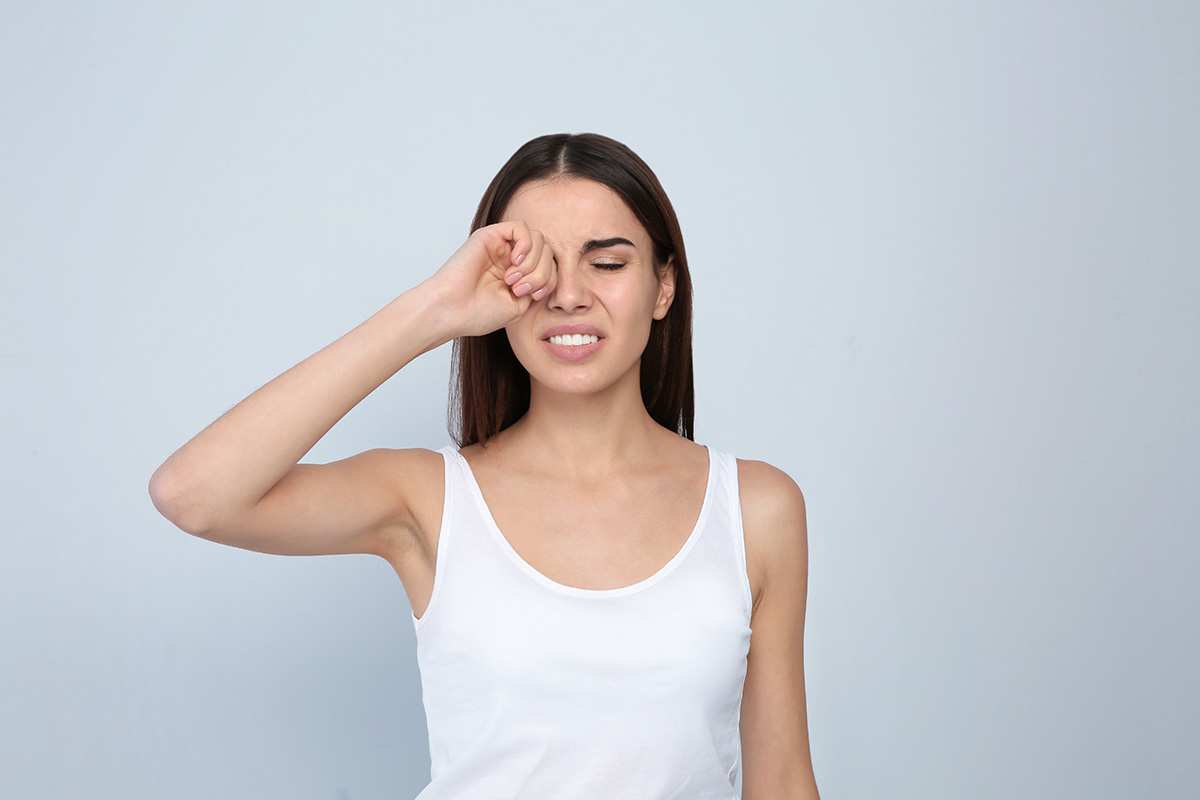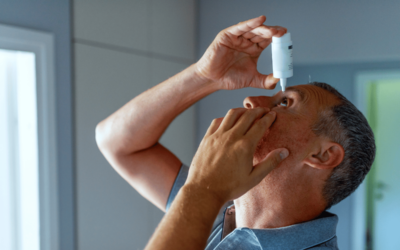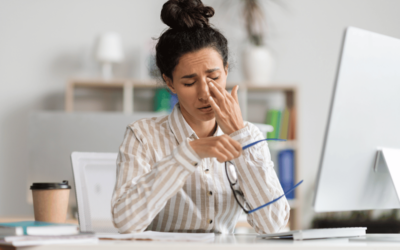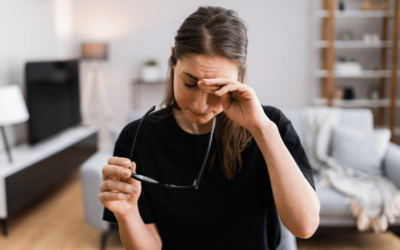Dry eye disease, also known as dry eye syndrome, is a common eye condition that affects millions of people worldwide. It occurs when the eyes do not produce enough tears or when the tears evaporate too quickly.
While dry eye disease can affect anyone, studies have shown that it is more prevalent among women than men. In fact, women are two times more likely to develop the condition than men. So, why is this the case?
Why dry eye disease is more common in women
Several factors increase women’s risk of developing dry eye disease, including:
Hormones
One of the main reasons why women are more susceptible to dry eye disease is hormones. Women have fluctuating hormone levels throughout their lives, particularly during pregnancy, menopause, and menstruation. These hormonal changes can affect the production and quality of tears, leading to dry eye symptoms. Additionally, women who take oral contraceptives or hormone replacement therapy may also be at a higher risk of developing dry eye disease.
Makeup & cosmetics
Another factor is using makeup and cosmetics. Women are more likely to wear makeup like eyeliner and mascara. These products can clog the meibomian glands, which are glands in the eyelids that make an important part of tears.
Medical conditions
Certain medical conditions that are more prevalent in women also increase the risk of developing dry eye disease. For example, autoimmune diseases such as Sjögren’s syndrome and lupus are more common in women and can lead to dry eye symptoms.
Symptoms of dry eye disease
The most common symptom of dry eye disease is a burning sensation or discomfort in your eyes. Other signs include:
- Blurry vision
- Red or bloodshot eyes
- Feeling like something scratchy is stuck in your eye
- Experiencing discomfort when wearing contact lenses
- Recurring irritation that causes teary or watery eyes
- Stringy mucus surrounding your eyes
If you experience any of these symptoms consistently over time, then it’s best to schedule a comprehensive eye exam with your optometrist.
How to treat dry eye disease in women
There are several steps you can take to alleviate the symptoms of dry eye disease. First, make sure that you’re drinking plenty of water throughout the day so that you stay hydrated. Water keeps your eyes moist and helps produce tears.
Additionally, try using artificial tears throughout the day or wearing sunglasses when outdoors to protect your eyes from wind or sun damage. If you work at a computer all day long, make sure that you take regular breaks from screens. Try to follow the 20-20-20 rule: every 20 minutes, focus on an object at least 20 feet away for 20 seconds.
Most importantly, make sure you are scheduling regular eye exams with an optometrist who specializes in dry eye treatment. They can determine the cause of your symptoms and develop a treatment plan customized to your needs.
Dry eye disease can be uncomfortable and even debilitating if left untreated. However, with proper care and management, you can alleviate symptoms and improve your quality of life. If you’re struggling with dry eye, give us a call today to book a dry eye evaluation and treatment!



